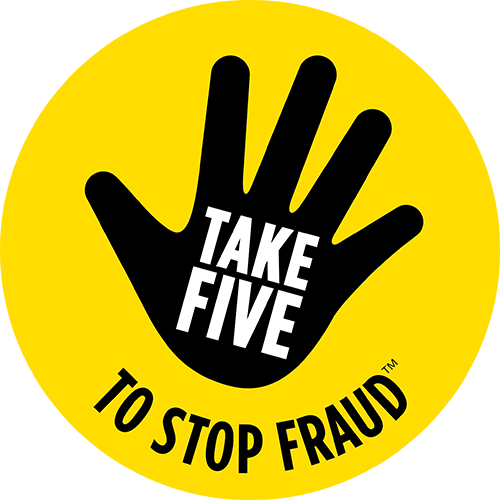The content on this page is for reference. It is not financial advice.
For help with money issues, try MoneyHelper.
As fraudsters get more sophisticated, we’ve collected tips on how to spot and avoid six major online scams.

Cryptocurrency scams
Crypto currency scams try to get you to invest in currencies that don't exist or opportunities that don't exist. Fraudsters may offer returns that aren’t realistic or try to rush you into investing to get your details.
These scams may take a long time to be found out. Everything may seem okay, until the victim tries to take money back out of their account.
Tech support scams
Tech support scams use the threat of risk to your device or files to capture your information or encourage you to pay for false IT problems to be fixed.
They use tricks to make it seem that there is a problem with your device – and they can fix it for you. Scammers might contact you by phone, or a pop-up on your device asking you to call for support.
Holiday fraud
Holiday fraud involves paying for holidays that doesn’t exist. Scams also target people looking for refunds for delayed flights or cancelled holidays.
Ticket fraud
Ticket fraud is a type of scam that offers tickets that don’t really exist, or fake tickets. This is often for in-demand events. This type of scam can be very disappointing, as you’ll also miss out on the event you were excited for.
Ticket fraudsters target people in lots of ways:
Websites that look like official ticket sellers.
Posts offering tickets on social media marketplaces.
Texts, emails or DMs advertising tickets.
They create fake posts or pages on social media to scam those looking for tickets.
You may be sent or given tickets only to be told they are fake when you arrive at the venue.
The safest way to book tickets is through an official seller. Look out for sellers who are part of the Society of Ticket Agents and Retailers (STAR).
Phishing Email Scams
This is a type of scam where the scammer contacts you via email, pretending to be from a real brand to try steal your details.
How to spot a phishing email:
Check the sender email address – Check that the email is genuine, and look out for random letters, or tricks like a 1 instead of an “I”.
Do they use your name or ‘Dear customer’? – If they don’t use your name it’s likely they don’t know who you are.
Mistakes – Check the format, grammar and spelling. If it doesn’t look right, it may be a scam.
Fake websites
These are sites set up to look like genuine businesses that are offering cheap deals to gain your details
These scams will often have prices that seem “too good to be true” to lure people into buying things that often don’t exist.
How to spot a fake website
- Be wary of extreme bargains – If it looks too good to be true it probably is, so be wary of very cheap deals.
- Check for errors – Check the format, grammar and spelling, as well as small print and return policies.
- Reviews – Check review sites, like Trustpilot.
- Check the address bar – Secure sites will show a padlock symbol and the full URL will start with https:// - the ‘s’ stands for secure.
- Research the name – Search the name of the company to see if anyone has reported them as fake.
- Urgency – Fake websites often try to rush you into making a purchase.
Tips for staying safe online
- Unique passwords for each account - It’s tempting to re-use passwords, but if one account is hacked, then the fraudster will have access to all your other accounts too.
- Use weird passwords - Random words and numbers can make your passport harder to crack.
- Turn on two-factor authentication - Banks and building societies often have 2 factor authentication. This adds an extra layer of security, such as being sent a text if someone tries to login to your account.
- Use antivirus software - Make sure you have anti-virus software on your computer and then keep it updated.
- Click links with caution - Even those shared by a friend. If the post doesn’t sound like them or it’s out of character to share that kind of thing – avoid it.
- Log off when you’re done - Get into the habit of logging out between visits.
- Avoid quizzes and games - Any that your name or email address may be used to build spam lists and send you phishing emails.



